https://youtu.be/Knxwg4BbE0s?si=M5PTdO1oGro9klqD Innovations in sustainable practices could help reduce our carbon footprint and reduce our negative imprint on futuregenerations. Watch as Ted Danson introduces you to Midori Bio’s Advanced BioRecycling.
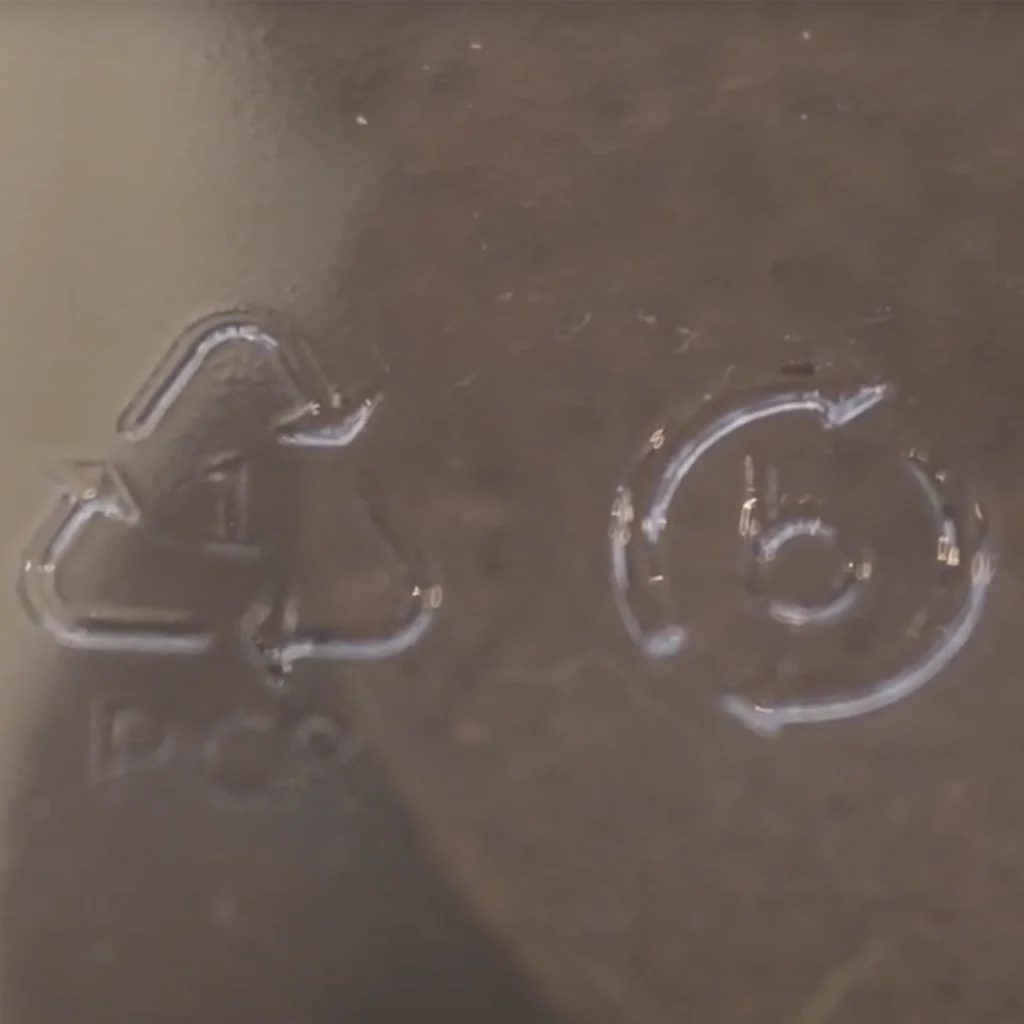

Watch as Advancements explores Midori Bio’s Advanced BioRecycling
https://youtu.be/Knxwg4BbE0s?si=M5PTdO1oGro9klqD Innovations in sustainable practices could help reduce our carbon footprint and reduce our negative imprint on futuregenerations. Watch as Ted Danson introduces you to Midori Bio’s Advanced BioRecycling.
Tracking your plastic: Exposing recycling myths (Marketplace)
Investigative journalists go undercover overseas, posing as recycling brokers, to uncover the hidden truths of the global plastic recycling trade. Their findings expose Malaysian companies willing to bypass regulations to purchase Canadian plastic—some of which ends up in illegal landfills, where burning waste releases harmful toxins that may be endangering local communities. Meanwhile, back in Canada, a large-scale experiment follows
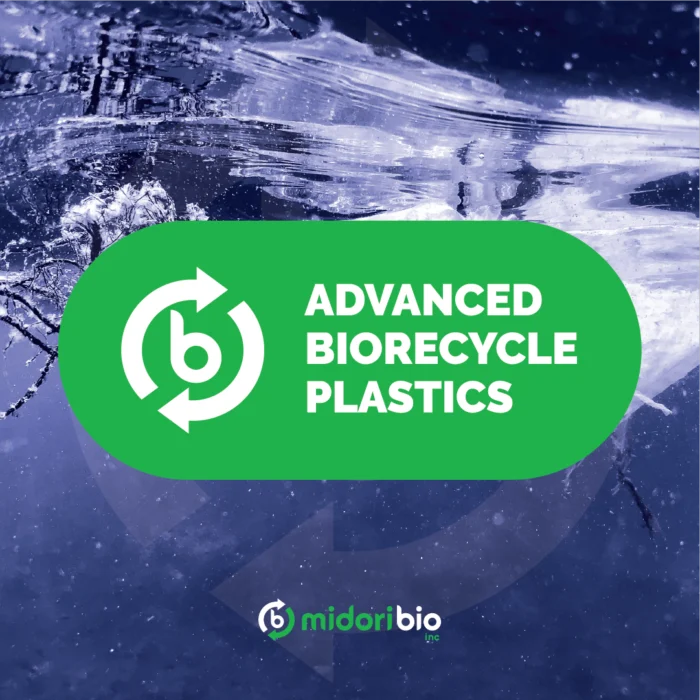
Ocean Plastic Pollution: Why Biodegradable Plastics Aren’t the Answer
The Growing Crisis of Ocean Plastic Every year, millions of tons of plastic waste enter our oceans, harming marine ecosystems and wildlife. In response, many companies have turned to biodegradable plastics as a supposed solution. But do these materials really help reduce ocean pollution, or are they just another form of greenwashing? In this article, we’ll explore why biodegradable plastics
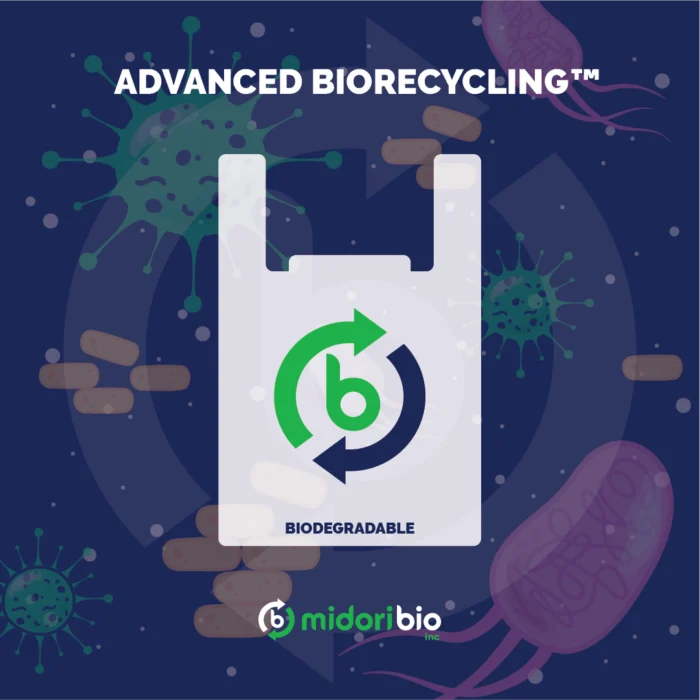
The Hidden Truth About Biodegradable Plastics: Are They Really Eco-Friendly?
Introduction: The Myth of Biodegradable Plastics Many consumers and businesses believe that biodegradable plastics are the ultimate solution to plastic pollution. The term “biodegradable” suggests that these materials will naturally disappear over time, leaving no trace behind. However, the reality is far more complex. In this article, we’ll explore what biodegradable plastics really are, their hidden limitations, and why Advanced

The Truth About Biodegradable Plastics in Landfills: Do They Really Break Down?
Introduction: The Biodegradable Plastics Misconception Many businesses and consumers assume that biodegradable plastics are a sustainable solution to landfill waste. The idea that these materials will naturally degrade over time sounds appealing, but does it hold up in real-world conditions? The truth is, most biodegradable plastics do not break down effectively in landfills. In this article, we’ll explore how landfills
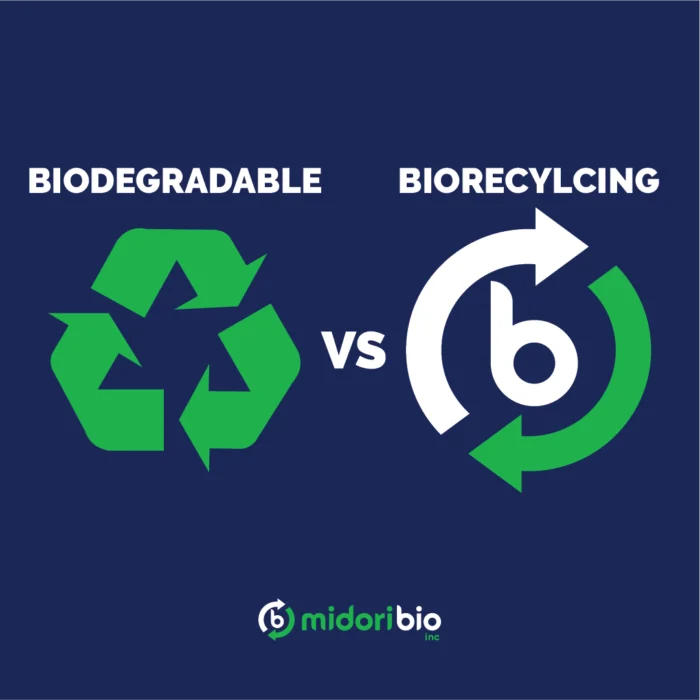
Biodegradable Plastics vs. Advanced BioRecycling™: Which is Truly Sustainable?
Introduction: The Biodegradable Plastic Dilemma With rising environmental concerns, businesses are looking for eco-friendly plastic alternatives. Biodegradable plastics often seem like the answer, but do they truly address plastic pollution? While they promise to decompose naturally, the reality is more complicated. Advanced BioRecycling™ presents a more effective, scalable solution. This article compares biodegradable plastics and Advanced BioRecycling™ to determine which

The Truth About Biodegradable Plastics: Are They Really the Solution?
Introduction: The Growing Demand for Biodegradable Plastics With plastic waste becoming a global crisis, many businesses and consumers are turning to biodegradable plastics as a potential solution. The idea of plastic that naturally decomposes sounds promising, but does it truly solve our plastic pollution problem? In this article, we’ll explore how biodegradable plastics work, their limitations, and why Advanced BioRecycling™

Biodegradable vs. Recyclable Plastics: Which is the Better Solution?
Understanding the Difference As sustainability becomes a priority, businesses and consumers face an important choice: biodegradable plastics or recyclable plastics? While both options aim to reduce plastic waste, they function in fundamentally different ways. Understanding these differences is crucial for making informed decisions about sustainable packaging and waste management. What Are Biodegradable Plastics? Biodegradable plastics are designed to break down
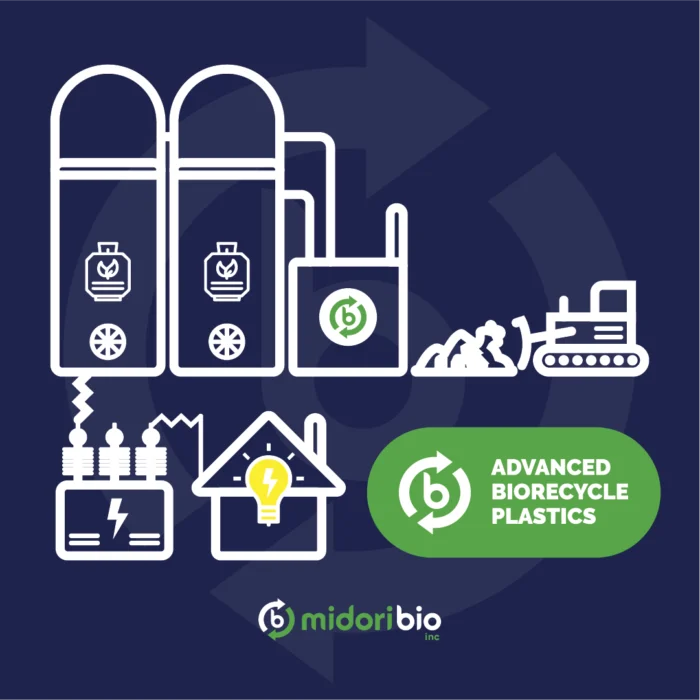
The Future of Plastic Waste Management: Innovative Solutions on the Horizon
The Growing Plastic Waste Problem Plastic waste has become one of the most pressing environmental challenges of our time. With over 400 million metric tons of plastic produced annually, landfills, oceans, and ecosystems are overwhelmed by discarded plastic materials. Addressing this crisis requires innovative waste management solutions that rethink how we produce, use, and dispose of plastics. Emerging Technologies and

Bioplastics vs. BioRecycling™: What’s the Difference?
Understanding the Basics As businesses and consumers seek sustainable alternatives to traditional plastics, two key solutions have emerged: bioplastics and Advanced BioRecycling™ technology. While both aim to reduce plastic waste, they function in fundamentally different ways. Understanding these differences is crucial for making informed, environmentally responsible choices. What Are Bioplastics? Bioplastics are plastics derived from renewable resources, such as corn
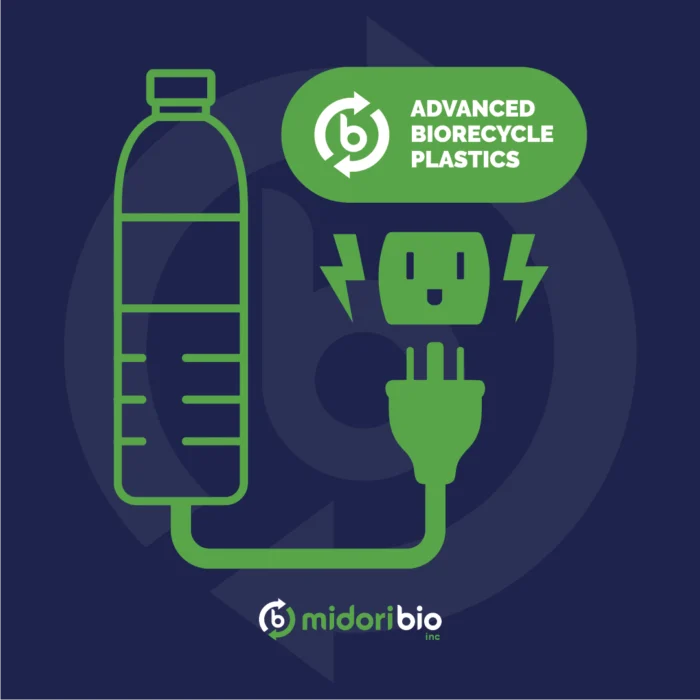
How Advanced BioRecycling™ Supports a Circular Economy
Understanding the Circular Economy The traditional model of plastic production and disposal follows a linear economy: make, use, dispose. This leads to overwhelming plastic waste, filling landfills and polluting the environment. A circular economy, on the other hand, aims to keep materials in use for as long as possible through recycling, reusing, and repurposing. While many sustainable solutions focus on

Debunking Myths About Biodegradable Plastics
Understanding the Facts Behind Biodegradable Plastics As the world moves toward sustainability, biodegradable plastics have become a hot topic. However, many misconceptions surround their effectiveness, impact, and proper disposal. Let’s clear up some of the most common myths and explain how Midori-Bio’s Advanced BioRecycling™ technology offers a science-backed solution to plastic waste. Myth #1: Biodegradable Plastics Break Down Anywhere The
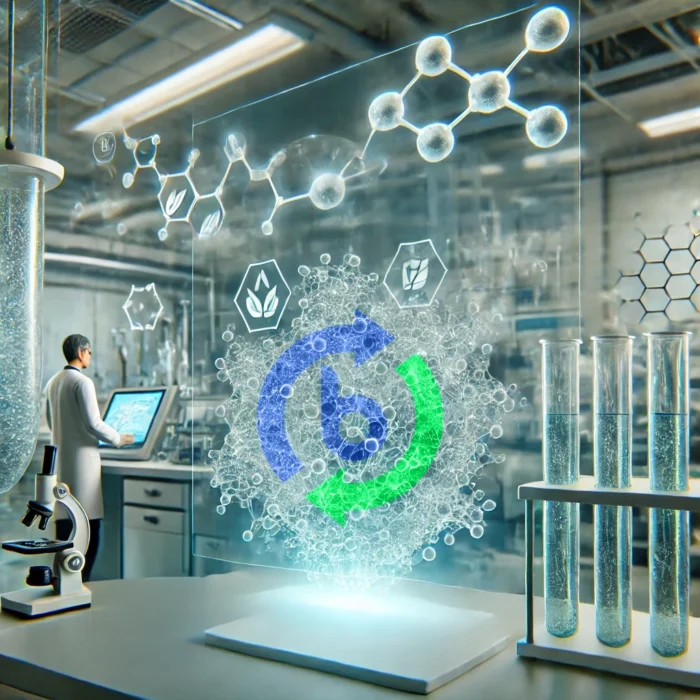
The Role of Advanced Additives in Sustainable Plastic Solutions
The Growing Need for Smarter Plastic Solutions As industries worldwide strive for sustainability, one of the biggest challenges remains plastic waste. While traditional recycling systems continue to struggle with efficiency and cost, advanced biorecycling™ plastic additives are emerging as a key innovation for addressing plastic waste without compromising performance. What Are Advanced BioRecycing Plastic Additives? Midori-Bio’s Advanced BioRecycling™ technology offers a game-changing solution for
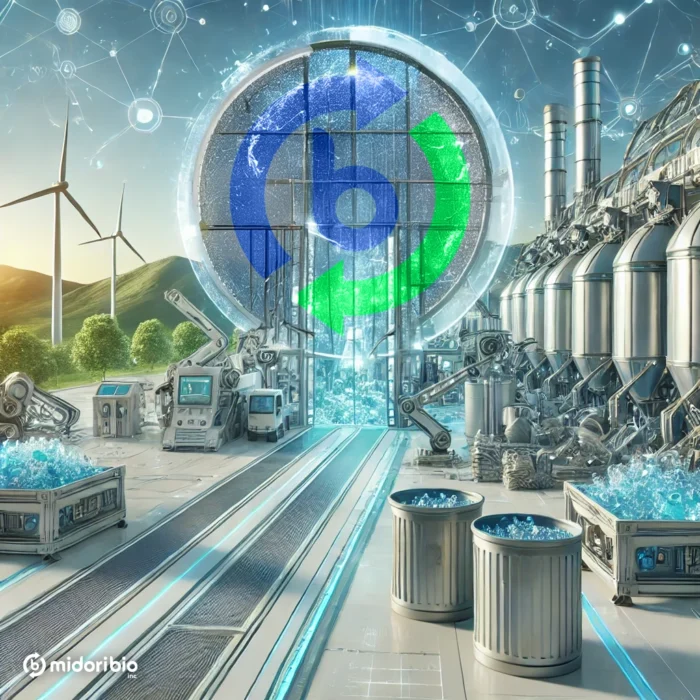
Advancing Sustainability: How BioRecycling™ is Changing the Future of Plastic Waste
The Growing Demand for Sustainable Plastic Solutions As global plastic production continues to rise, so does the demand for innovative waste management solutions. Consumers and businesses alike are seeking sustainable plastic alternatives that don’t compromise on quality or functionality. Traditional recycling has struggled to keep up, with only a small fraction of plastic waste actually being repurposed. This challenge calls
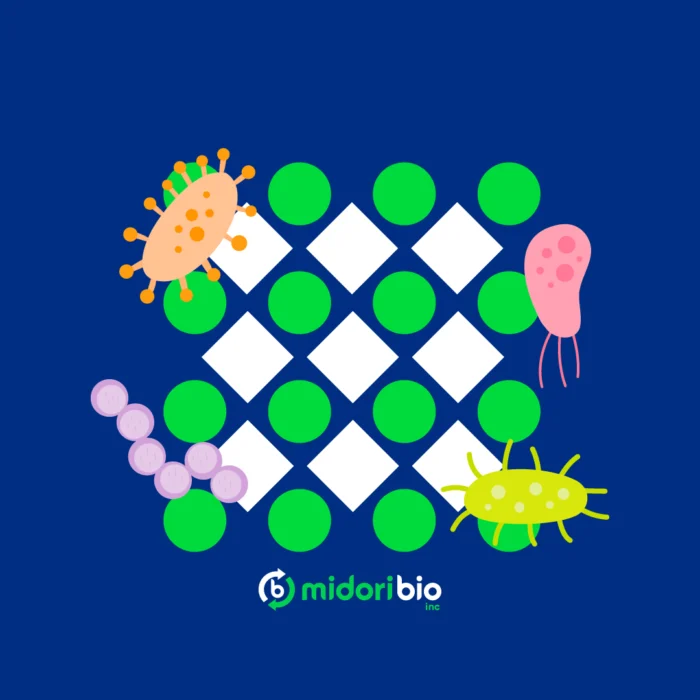
Why Advanced BioRecycling™ is the Next Big Thing in Sustainable Packaging
The Growing Need for Sustainable Plastic Solutions Plastic waste is one of the most pressing environmental challenges of our time. Despite efforts to increase recycling rates, most plastic packaging still ends up in landfills, oceans, or incinerators. Traditional recycling systems struggle with contamination, high costs, and inefficiencies, leaving businesses and consumers searching for better solutions. Enter Advanced BioRecycling™, a revolutionary
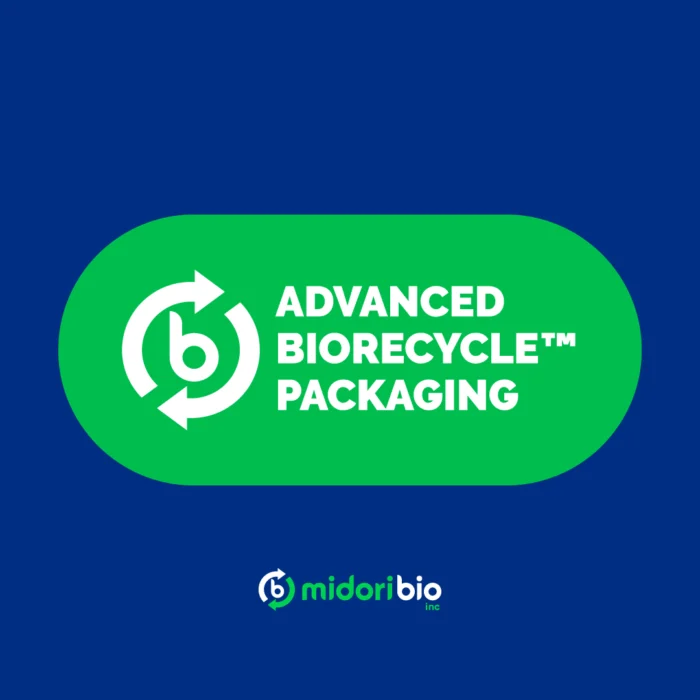
The Future of Plastic Waste: How Advanced BioRecycling™ is Revolutionizing Sustainability
The Problem with Traditional Recycling For decades, recycling has been seen as the solution to plastic waste. However, traditional recycling systems are flawed. Less than 9% of plastic waste is actually recycled globally, with the rest ending up in landfills, incinerators, or the environment. Contamination, high costs, and limited infrastructure prevent many plastics from being properly processed. The Rise of
About Us
We work with nature, not against it
Contact

